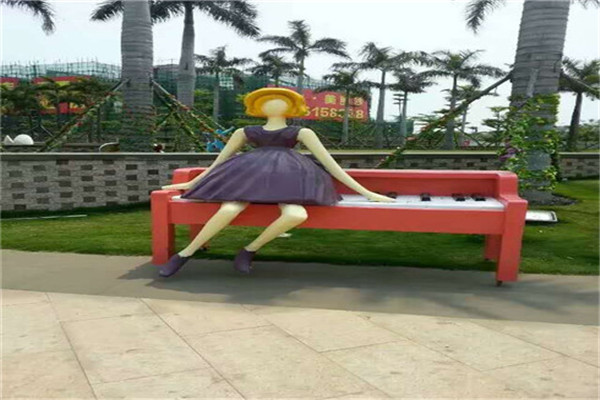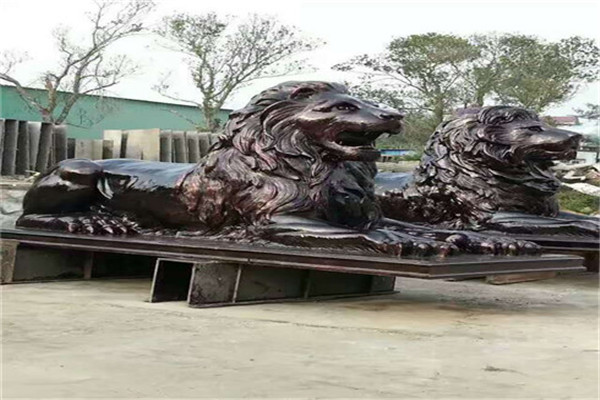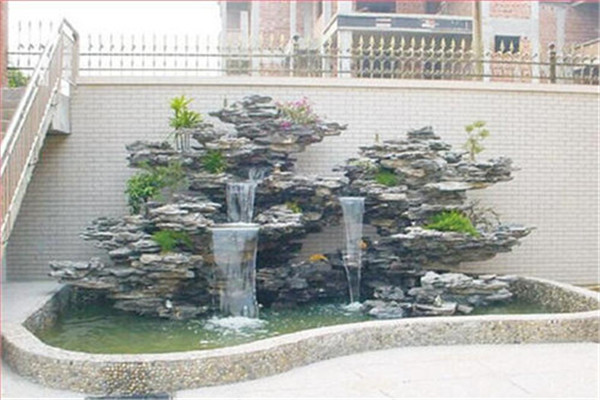
1. Traditional green sculpture shaping: directly pruning the plants with garden art. There are simple geometric shaping (such as sphere, cube, pyramid, cylinder), complex geometric shaping (layered shaping, spiral shaping, etc.), animal shaping and various peculiar shaping (automobile shaping, aircraft shaping, abstract and free shaping, etc.). Common plants include pine and cypress, privet, boxwood, national locust, elm, etc. 2. Grafting: taking a certain plant as the rootstock, grafting plants with different impressions on it, and then making artistic processing of its shapes, such as polychrome chrysanthemum bonsai, polychrome rose bonsai, polychrome peach, polychrome plum, polychrome crabapple, etc. Such as cliff chrysanthemum, tower chrysanthemum, animal shaped chrysanthemum, etc. 2.1 Single plant green sculpture refers to the sculpture formed entirely by one plant or one plant with multiple colors or by grafting multi-color plants. The sculpture has a long viewing period and simple operation. For example, tree sculptures can be kept for a long time only by special pruning, without considering flower changing and water spraying, and the maintenance management is simple. 2.2 Double plant green sculpture refers to the sculpture shaped by two different kinds of plants. The sculpture has a long viewing period and a strong three-dimensional sense. It is usually modeled with the complementary and mutually reinforcing advantages of two plants. Such as evergreen and deciduous plants, broad-leaved and coniferous plants, lianas and herbs, as well as different colors, species, branches and leaves, such as leaf color, flowers and fruits, branches and stems. 2.3 Mixed plant green sculpture refers to sculpture with three or more kinds of plants. The sculpture has a short viewing period and complicated operation, but it is highly ornamental and lifelike. The common ones are large three-dimensional sculptures, some animal shaped sculptures elaborately composed of flowers, leaves and fruits of different plants according to design requirements, such as peacock, red crowned crane, panda, etc; Or symbolic sculptures with certain cultural connotation and city image, such as idiom allusion sculptures (learning to walk in Handan, dancing at the smell of chickens), Olympic seal, football World Cup, etc.

Most of the jades mentioned in daily life refer to nephrite, and there are many kinds of nephrite products. Generally, they refer to white sheepskin jade, white jade, topaz, purple jade, black jade, jasper, sapphire, ruby and northeast Xiuyu produced in Xinjiang. In the jade carving, the white jade with sheepskin is fine in texture and strong in luster, as white as sheepskin, which can be called "the king of nephrite" and "the crown of white jade". In addition, Nanyang jade, Lantian jade, Hotan jade, agate, crystal, coral, turquoise, lapis lazuli, etc., all belong to the category of nephrite. Later, due to the opening of the Silk Road, the jade produced in Hotan, Xinjiang, was unanimously recognized and began to play a leading role in the processing of royal, official and folk jade. Nephrite gradually evolved into a synonym for hotan jade.

The art of carving various patterns and images on stones, usually also refers to sculpture handicrafts carved from stones. Chinese stone carving can be divided into bluestone carving, marble carving, white marble carving, talc carving, black crystal stone carving, colored stone carving, pebble carving, etc. Hui'an, Fujian, is famous for its bluestone carvings for architectural decoration and stone lions, among which the mouth of the stone lion contains stone beads that roll freely, and is famous in Southeast Asia. The marble carving in Yunnan is made from the marble of Diancang Mountain. Its patterns are like colored mountains and rivers, or dangerous peaks and valleys, or waterfalls follow the clouds. The inlaid furniture is unique. White marble carvings in Quyang, Hebei, Fangshan, Beijing and other places were mainly used for palace architectural decoration in the Ming and Qing dynasties, such as Huabiao, stone lions, railings, etc; Modern times are used for decoration of public and memorial buildings, such as the Great Hall of the People, the Monument to the People's Heroes, Chairman Mao's Memorial Hall, etc. Talc carvings in Haicheng, Liaoning Province and Laizhou, Shandong Province use small and cute animals as traditional varieties. The carvings of black crystal stone in Dongkou, Hunan and Lichuan, Hubei are dark and bright. Caishi carving is mainly produced in Qingtian, Zhejiang, Shoushan, Fuzhou, and Liuyang, Hunan. Pebble carvings are mainly produced in Lanzhou, Shenyang and other places. Stone carving techniques include intaglio (contour carving), shadow carving, relief, round carving (complete three-dimensional carving without any background), and openwork (also known as openwork). Shadow carving is a unique technique of Fujian Hui'an bluestone carving. It uses steel drills of different sizes to chisel on the bluestone, and uses the size, depth and density of the drill points to express the images of landscapes, birds, animals, people, flowers, etc.

The handicrafts made by forging copper are lifelike in shape, easy to sculpt, and the lines of the handicrafts are very smooth. Even if you look carefully, you will not find any shortcomings. Of course, you need to ensure the craftsmanship of the sculptors. Only the craftsmanship can ensure the shape image of the forged copper sculpture handicrafts. In the process of production, brass or copper plate is usually used as the base, and then forging is carried out, and multiple forged copper plates are used to show the overall image of the handicraft. For many sculpture artists, corresponding copper plates are selected for forging. The forging copper processing technique is unique. Attention should be paid to heating the copper plate, then forging, after a certain forging, polishing and polishing to make the surface smooth, so as to become the desired forging copper sculpture handicrafts, which are all hand-made, very public welfare, natural and vivid in appearance. Attention should be paid to the handicrafts produced, Certain maintenance is required to ensure its appearance is not affected.

Common architectural styles of GRC include European style, Mediterranean style, North American style, modern style, neoclassical style, new Chinese style, etc. In the practical application of new Chinese style buildings, the overall use of wood frame structure, or change the solid wood to concrete and wood like paint to reduce costs; then, Guangxi GRC decorative materials Replacing stone materials such as cornices, brackets, moldings, flower pots, etc. of buildings with GRC components sprayed with stone like paint can reduce a lot of material costs, reduce costs, and achieve design results. cost performance GRC decorative materials Hainan GRC components are applicable to the external walls of various styles of buildings. They are rich in shapes, exquisite and elegant. They provide a variety of creative choices for architectural designers. They can reflect the decorative style of buildings to a large extent, and are a new green decorative material.





